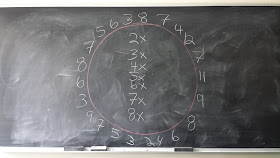| See all Pixar's characters at www.pixar.com |
That's why we recommend you check out the newest exhibit at Boston's Museum of Science: The Science Behind Pixar.
Enjoy a unique, first-time look into the Pixar process, and explore the science and technology behind some of the most beloved animated films and their characters with the world premiere of The Science Behind Pixar. This interactive exhibition showcases the science, technology, engineering, and math (STEM) concepts used by the artists and computer scientists who help bring Pixar's award-winning films to the big screen.
If you're serious about 3D modeling and mathematics, check out Matrices, Vectors and 3D Math with Matlab® or an Introduction to Groups, Rings and Fields here.
read more and purchase tickets here
read more about the Museum of Science here
What's your favorite Pixar movie? Which movie do you think was hardest for animators to create? Let us know in the comments!














